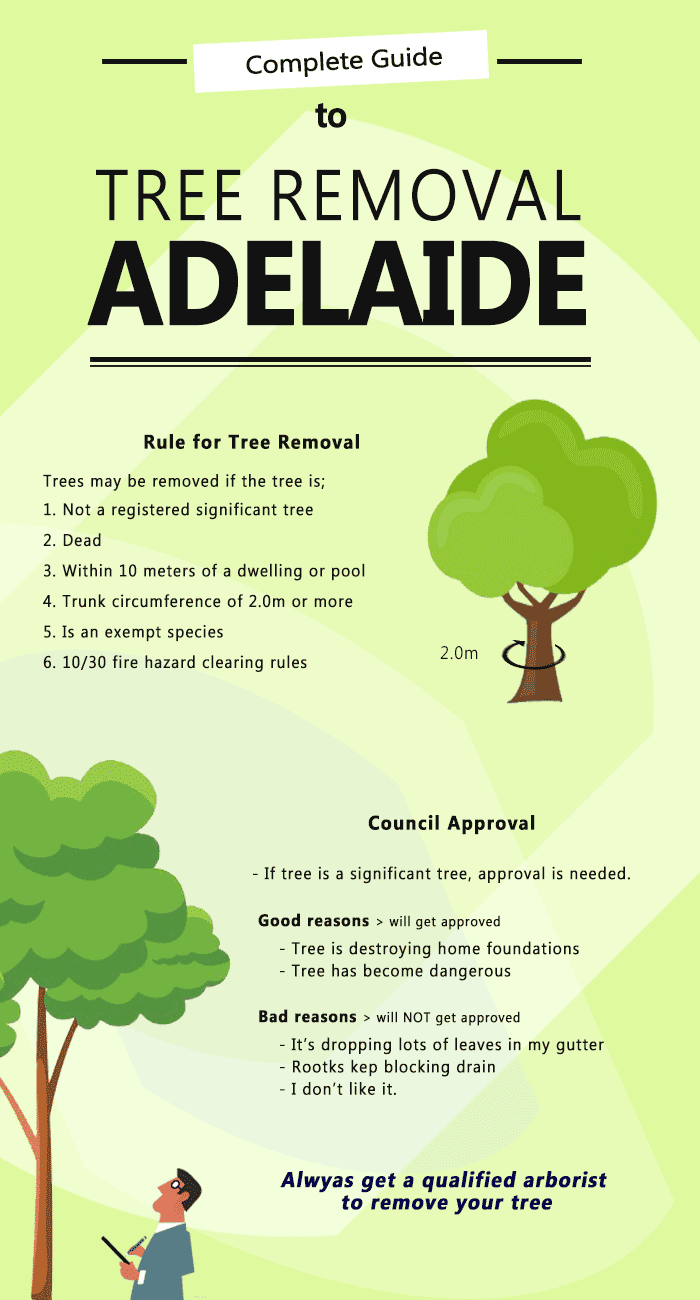Post-Tree Removal Care: Just How To Restore Your Landscape Effectively
Post-Tree Removal Care: Just How To Restore Your Landscape Effectively
Blog Article
Web Content By-Powell Als
After a tree's elimination, your landscape may look quite various, and it's vital to assess the aftermath carefully. You'll want to review the dirt disruption and inspect bordering plants for any kind of indicators of stress. Ignoring these elements can lead to larger troubles down the line. So, what should you perform with those stumps and roots? And just how do you choose the best plants for your revitalized room? Allow's discover these important steps.
Examining the Aftermath: Assessing Your Landscape
After a tree removal, it's crucial to analyze your landscape to recognize the impact it has on your backyard.
Beginning by examining the location where the tree stood. Search for indicators of dirt disturbance, and examine the bordering plants for any tension or damage.
You must additionally keep in mind of just how the removal has actually changed sunlight exposure and air flow in your yard. This shift can influence the development of neighboring plants, so it's important to evaluate their wellness.
Consider the aesthetic facets too; the removal might create an open space that you can redesign.
Lastly, think of any potential erosion issues that might emerge from the tree's absence. Dealing with these factors early will aid bring back equilibrium to your landscape.
Managing Stumps and Roots: Options for Removal
When you've analyzed the aftermath of the tree removal, you'll likely need to tackle the stump and roots left behind.
You have a couple of alternatives for elimination. One reliable method is stump grinding, where a specialist makes use of an equipment to grind the stump to below ground degree. This strategy leaves marginal interruption to your landscape.
If you choose a do it yourself method, you can use a combination of digging and chemical stump cleaners. Simply bear in mind, this procedure can take some time and effort.
Additionally, think about leaving the stump as a natural function, which can serve as a distinct garden aspect or environment for wildlife.
Whatever you pick, attending to the stump and roots is vital for recovering your landscape.
Selecting the Right Plant Kingdoms for Your New Area
As you assess your recently removed space, picking the right plants can significantly improve your landscape's elegance and performance.
Begin by considering the sunshine and soil problems. For warm locations, select drought-resistant plants like lavender or succulents. In shaded areas, ferns and hostas flourish well.
Think about visit the following web site and growth habits of your plants; mix perennials and annuals for seasonal range. Don't fail to remember to include native species; they call for much less maintenance and support neighborhood wild animals.
Team plants in weird numbers for a much more all-natural look and develop layers for aesthetic deepness.
Ultimately, guarantee you have a mix of shades and appearances to maintain your landscape vivid throughout the seasons.
Pleased planting!
Verdict
Finally, restoring your landscape after tree removal is a satisfying process. By examining the after-effects, addressing stumps and roots, and picking the right plants, you'll develop a successful atmosphere. Don't fail to remember to include disintegration control measures to protect your dirt. With a little initiative and care, you can change your room right into a dynamic garden that improves your property. Welcome the opportunity to renew your landscape and enjoy the appeal of nature right in your backyard!
